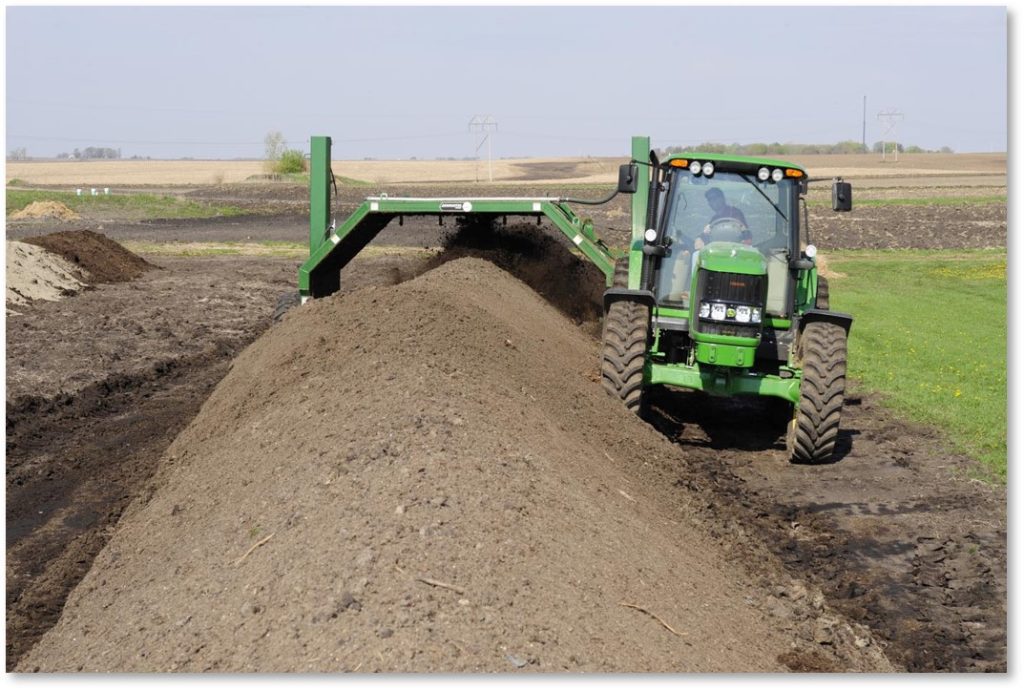Residuals are the organic residues removed from wastewater during the treatment process.

These nutrient-rich, solid, semi-solid, or liquid residuals may be incinerated, landfilled, or beneficially reused as fertilizer or compost.
Residuals that comply with state and federal land application regulations to be reused are often called biosolids. Biosolids are a sustainable way to provide nutrients to crops.
Residuals Workgroup
Since 1993, NEIWPCC’s Residuals Workgroup has improved interstate communication on issues associated with residuals from wastewater treatment and on-site sewage disposal. The workgroup, which meets bi-monthly, comprises staff from NEIWPCC and the EPA, and the residuals coordinators from each of NEIWPCC’s member states along with New Jersey, Michigan, Minnesota, and South Carolina environmental agencies.
The Residuals Workgroup promotes compatibility among state and federal sludge and septage management programs. NEIWPCC provides a forum for interstate discussion as well as technical assistance and coordination. Topics of discussion include per- and polyfluoroalkyl substances, sludge technologies, and short-term and long-term stressors impacting the northeast sewage sludge management system’s available capacity.
Residuals BioHub
NEIWPCC and partners are leading efforts to coordinate solutions to biosolids management and disposal in the Northeast. The Biosolids Technology Hub (BioHub) serves as an information clearinghouse on research and funding for piloting, planning, and permitting treatment of PFAS in municipal biosolids or sludge. Learn more.
Sludge End-Use and Disposal Report
The Northeast Regional Sludge End-Use and Disposal Estimate report, published in 2022, documents how nearly 800,000 tons of sewage sludge were disposed of or beneficially reused in the region in 2018. The study includes state-specific metrics about the amount of sludge sent to a landfill, beneficial reuse, or incineration, and outlines key issues and pressures facing water resource recovery facilities regarding sludge or biosolids management. This representative snapshot provides essential data to better understand the issues and to inform next steps for the region.
Biosolids Sampling Guide
In 2006, NEIWPCC published The Wastewater Treatment Plant Operators Guide to Biosolids Sampling Plans. This guidance document is intended to help wastewater treatment plant operators develop a comprehensive sludge (or biosolids) sampling plan. Unlike other sludge sampling guidance documents that provide general recommendations, this guide was developed to be as specific as possible and provide easily adaptable worksheets and appendices that can be used to form a suitable sludge sampling plan. The manual covers proper sample collection, handling, and documentation procedures; laboratory and detection limit considerations; and data reporting.
Explore our Resource Library for additional reports.
